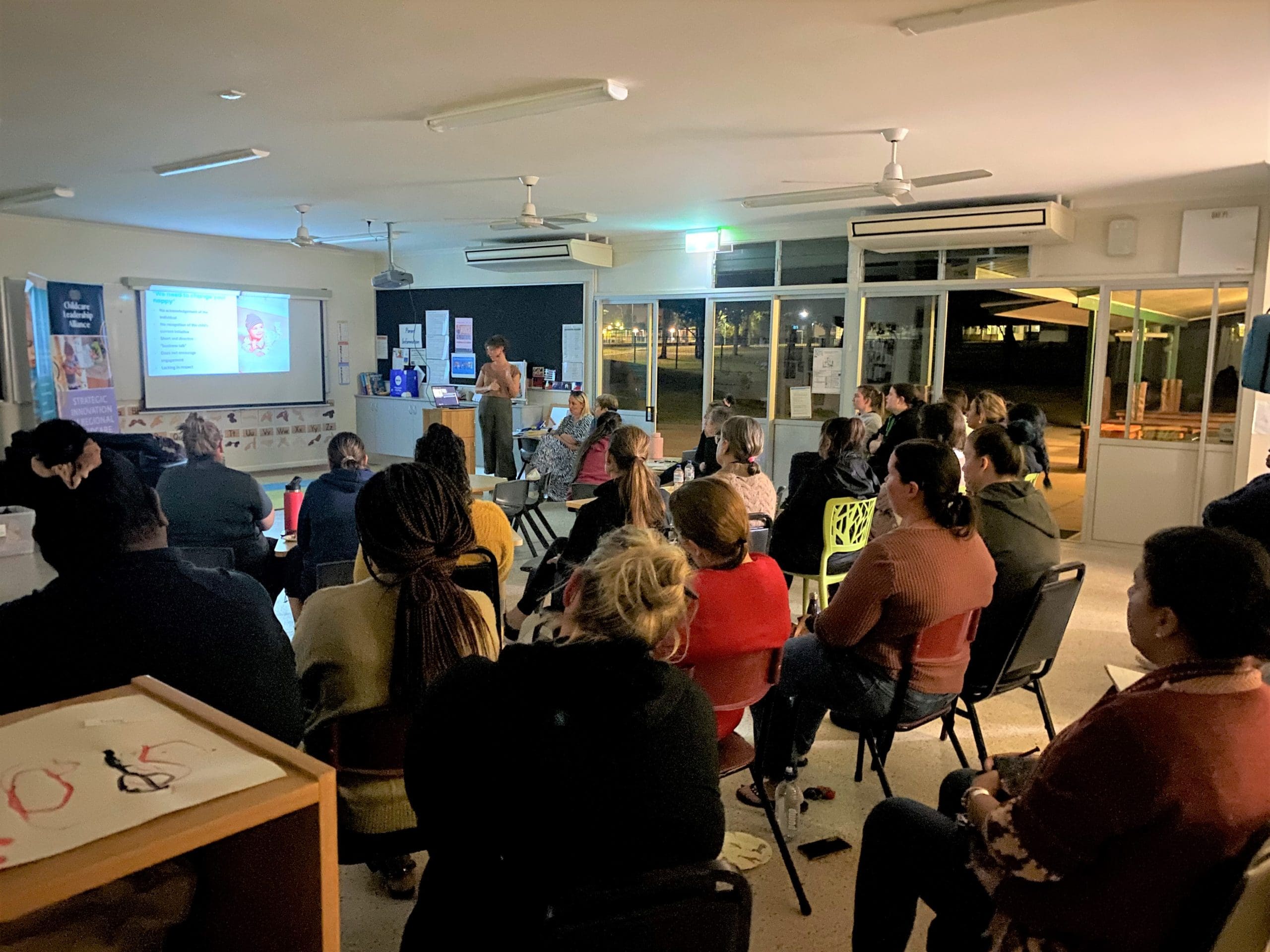A CQUniversity study has brought together international sleep and shift work researchers to gather world-first consensus on how shift workers can best schedule their shuteye.
The research, out now in prestigious academic journal SLEEP, outlines 18 clear guidelines to ensure healthy sleep patterns, whether on permanent night shift or a rotating roster.
The guidance is good news for more than two million shift workers across Australia, and hundreds of millions of people worldwide who work outside the 9-5 and can’t establish normal sleep/wake patterns.
Lead author and CQUniversity PhD candidate Alexandra Shriane said the vast majority of the more than 50 experts surveyed agreed that tailored guidelines were required for shift workers.
“Until now, there hasn’t been consistent advice to help shift workers sleep, and that has meant a lot of them were trying to adapt standard advice to their non-standard sleep/wake patterns,” Alexandra explained.
“But that standard advice might be telling them they need to go to bed and wake up at the same time every day, and that’s just not practical for shift workers – and actually quite frustrating for them to hear!”
Research consistently shows shift workers get less quality sleep than the rest of the population, with many only managing less than six hours a day.
“These guidelines are a response to the significant evidence linking shiftwork with illness, injury, work errors and lower job satisfaction,” Alexandra said.
“We need to help shift workers sleep better – for their own wellbeing, and because our most vital industries rely on well-rested employees to safely deliver services around the clock.”
Titled Healthy Sleep Practices for Shift Workers, the guidelines include research-informed insights like developing a sleep schedule across your roster, using light to your advantage, and transitioning between periods of work and days off.
‘Guideline 6’ highlights napping as a “helpful tool”, and Alexandra said the key is in finding the “nap sweet spot”.
“Naps less than 15 minutes may be too short to be beneficial, while naps longer than 20 minutes may make you more likely to experience sleep inertia – and we appreciate that’s tricky advice!” she said.
“But shift workers do develop a sense of the best length of nap for them – and the guideline highlights those naps should be avoided too close to their main sleep.”
There’s also strategic advice for scheduling food and fluids, and the use of caffeine, alcohol, nicotine, and medicines.
The Australian Bureau of Statistics estimates 16 per cent of the workforce regularly engages in shift work, or approximately 2.25 million workers.
Previously a shift worker herself as a paramedic for Queensland Ambulance Service, Alexnadra hopes the guidelines will offer some healthy sleeping hope in the increasingly 24-hour world.
“We know that shift workers have to be flexible in their schedules and their lifestyles, and these guidelines recognise that, and also offer flexibility across different industries, and work demands.
“The strategies are based on a huge wealth of scientific evidence, and will work for most people – but everyone is different, and we hope the guidelines adapt around workers’ different shift schedules, lifestyles, and commitments.
“I look forward to future research to investigate how shift workers use these guidelines, and their real impacts for sleep, health and wellbeing.”
| The study co-authors are Dr Gabrielle Rigney, Professor Sally Ferguson, Dr Yu Sun Bin, and Dr Grace Vincent – all sleep and shift work experts. CQUniversity’s Appleton Institute is a state-of-the-art sleep research leader in Australia and internationally. Learn more at: www.cqu.edu.au/research/organisations/appleton-institute |











